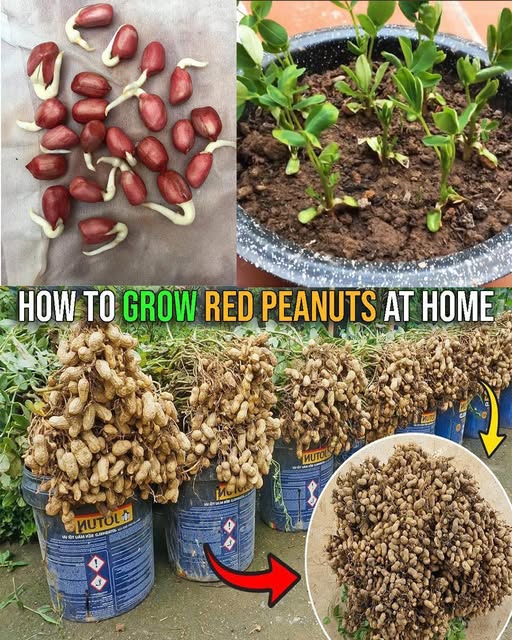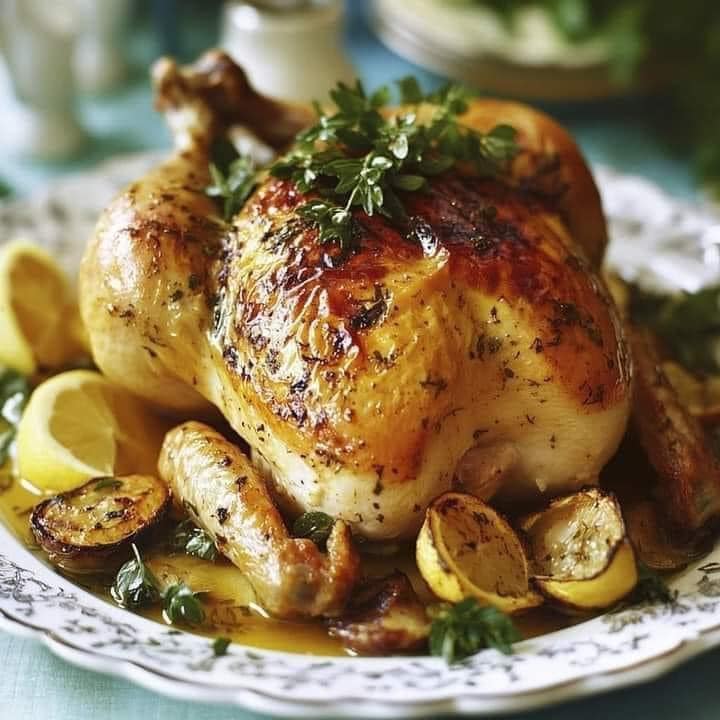Growing peanuts from store-bought nuts is an enjoyable and educational gardening project, ideal for those who are looking to experiment with unique crops in their garden. While peanuts may seem like an unlikely candidate for home gardening, it’s not only possible but also quite rewarding to cultivate them from raw, unshelled nuts purchased from the store. Below, we’ll dive deeper into each step of the process, providing additional tips and information on how to successfully grow peanuts in soil.
1. Choosing Peanuts
The first step in growing peanuts from store-bought nuts is selecting the right kind of peanuts. It’s important to choose raw, uncooked peanuts that are still in their shells. Many peanuts available for purchase in stores are either roasted or salted, and unfortunately, these types of peanuts will not germinate because the roasting process destroys the seed’s ability to sprout. For the best chance of success, you should look for fresh, raw, unshelled peanuts, which can often be found in the bulk section of health food stores or in specialty grocery stores.
It is crucial that you inspect the peanuts carefully before planting. Choose nuts that are firm and free from visible mold or signs of damage. This will help ensure that the peanuts are viable for germination and will give you the best results once you plant them.
2. Preparation and Planting
Peanuts are a warm-season crop, meaning they require a long growing season of at least 100-130 frost-free days. The soil temperature should be consistently above 65°F (18°C) for optimal germination, and temperatures above 70°F (21°C) are ideal for the best growth. Depending on your local climate, you may want to start the peanuts indoors to get an early start.
Start by planting the peanuts indoors about 5-8 weeks before the last expected frost date in your area. Starting indoors is particularly beneficial if you live in a northern climate with a shorter growing season. Simply plant the raw peanuts in small pots or containers filled with potting soil, covering the seeds with about 1-2 inches of soil. Keep the pots in a warm, sunny spot and water them regularly to keep the soil moist. Peanuts typically germinate within 2-3 weeks, and once the seedlings are large enough to handle, they can be transferred outdoors.
When transplanting the peanuts outdoors, choose a location with well-draining, loose soil. Peanuts do not tolerate compacted or heavy soil, so you may need to amend the soil with sand or aged compost to improve drainage and texture. Aim to plant the seeds 1-2 inches deep and space them 24-36 inches apart in rows. The rows should be spaced at least 72 inches apart to allow ample space for the plants to grow.
3. Location and Soil
Peanuts require a sunny location to thrive, as they are sun-loving plants that need full sunlight for at least six hours a day. The ideal location will have well-draining soil that is light and loamy, with a slightly acidic pH of around 5.5-7.0. To test the pH of your soil, you can purchase a simple soil pH testing kit from a garden store or online.
In areas where late spring frosts are common, it’s a good idea to protect your young plants with row covers until the risk of frost has passed. This will help to ensure that the delicate seedlings aren’t damaged by unexpected cold weather. Additionally, row covers can help to maintain a more consistent growing temperature, giving your peanuts a better chance of developing successfully.
4. Watering and Care
Watering is crucial to growing healthy peanuts. While they do not like to be waterlogged, peanuts need consistent moisture, especially during the germination and early growth phases. Aim to water your peanut plants at least once a week, ensuring that the soil remains evenly moist. However, avoid over-watering, as soggy soil can lead to root rot and other diseases. A good rule of thumb is to apply about 1 inch of water per week, and more during particularly hot or dry periods.
Once the peanut seedlings are about 6 inches tall, apply a layer of mulch around the plants. This helps to retain moisture in the soil, regulate temperature, and control weeds. Mulching also prevents the soil from becoming too compacted, which can hinder the growth of the peanuts’ underground pods. Straw, shredded leaves, or grass clippings are all good options for mulch.
5. Fertilization
Peanuts are legumes, which means they have the ability to fix nitrogen in the soil through a process called nitrogen fixation. This means they do not require as much nitrogen as other plants, such as tomatoes or leafy greens. In fact, too much nitrogen can lead to excessive leafy growth at the expense of pod development.
Instead of using high-nitrogen fertilizers, focus on providing your peanuts with other essential nutrients, particularly calcium. Calcium is crucial for proper pod development and helps prevent problems such as “peanut blight,” a condition that causes the peanuts to rot before they can be harvested. A balanced fertilizer with a higher ratio of phosphorus and potassium will also benefit the plant’s overall growth. Apply the fertilizer before planting, and you may also apply it again in the middle of the growing season.
6. Pruning and Propagation
Peanut plants generally do not require much pruning. However, you may choose to remove any dead or damaged leaves as the plant grows to keep the plants healthy and prevent the spread of disease. Additionally, as the plants grow, you might notice that the branches tend to spread out along the ground. While this is normal, you can gently guide the plants into rows to ensure they have enough space to grow properly.
Propagation of peanuts is typically done through seeds, and you can save the best peanuts from your harvest for planting the following year. Make sure to select mature, healthy peanuts that have good seed potential. It’s important to note that peanuts do not store well in their raw form, so they should be planted soon after harvesting for the best germination rates.
7. Harvesting and Storing
Peanuts take a long time to grow, with the harvest time typically occurring 100-150 days after planting. The exact timing will depend on the variety of peanuts you’re growing, as well as the local climate. It’s important to harvest your peanuts at the right time to ensure they are mature and ready for consumption. If you wait too long, the pods can begin to deteriorate in the soil.
To harvest, gently dig around the peanut plant using a shovel or garden fork, taking care not to damage the pods. The peanuts will be attached to the plant’s roots in small clusters. Once you have removed the entire plant from the soil, shake off any excess dirt, and hang the plants upside down in a dry, well-ventilated area to cure for a couple of weeks. This curing process allows the peanuts to dry out and finish developing their flavor.
Once your peanuts are fully cured, you can store them in a mesh bag in a dry, cool place, or you can roast them for immediate consumption. Roasting peanuts is simple—just place them in an oven at 350°F (175°C) for about 15-20 minutes, or until they are golden brown and fragrant.
Conclusion
Growing peanuts from store-bought nuts is a satisfying and fun project that can yield delicious, homegrown peanuts. While peanuts do require some patience and attention to detail, they are relatively easy to care for once you understand their needs. By following the steps outlined above, you can successfully cultivate peanuts in your garden, regardless of whether you live in a warmer or cooler climate. With the right preparation, care, and timing, you’ll be able to enjoy fresh, homegrown peanuts in no time!





